The cultural and historical baggage of Paris and Athens pales before the grandiose number of sights of Madrid, carefully collected here by the Spaniards since 932, in the very center of the Iberian Peninsula. Although people settled in the foothills of the Sierra de Guadarrama already at the end of the Paleolithic, as a city, the current capital of Spain took shape only in the X century, and then as a serving village around the fortress of Magirit, designed to defend Toledo from the territorial machinations of the Lyon and Castilian kings. So for five centuries Madrid was only a fortification satellite under the brilliant capital of the Emirate of Cordoba – Toledo, and only then became the first, in all respects, city of the Spanish Kingdom!
Easy start of the Madrid tour
Tours to Madrid begin with arrival at Barajas International Airport. The modern port, the receiver of air transport, is located outside the city limits, but it is only 13 km away from the center of the capital. With the center and key areas of the city, Barajas is connected by a metro line, trains and a round-the-clock bus.

Sworn friends – a couple of main squares, the biggest attractions of Madrid
All distances in the Spanish Kingdom are counted from the Puerta del Sol square. Terribly romantic, it is impossible not to mention directly, the translation of her name sounds – Sunny Gate. Imagine how the guards of the city gates, in canary-yellow doublets, opened them early in the morning, letting the first guests of Madrid – the rays of the heavenly body. Even the shape of the area is non-standard, but elliptical, repeating the orbit of our star.
By the way, the metro line was stretched right here, on the Puerta del Sol, and its first station was opened. In addition, the so-called zero kilometer is marked on the paving stones of the square, from which the entire mileage in the country is counted. The government of the local autonomous community works here, there is a medieval post office, a secret police building organized by Franco Baamonde, and a barely fitting armada of the Academy of Arts building.
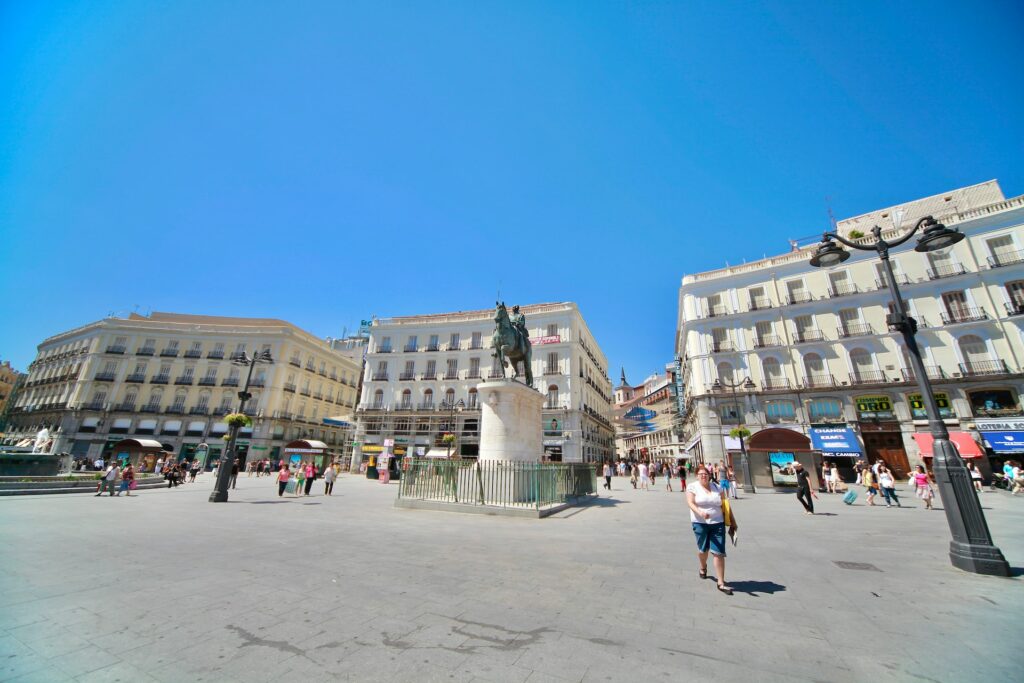

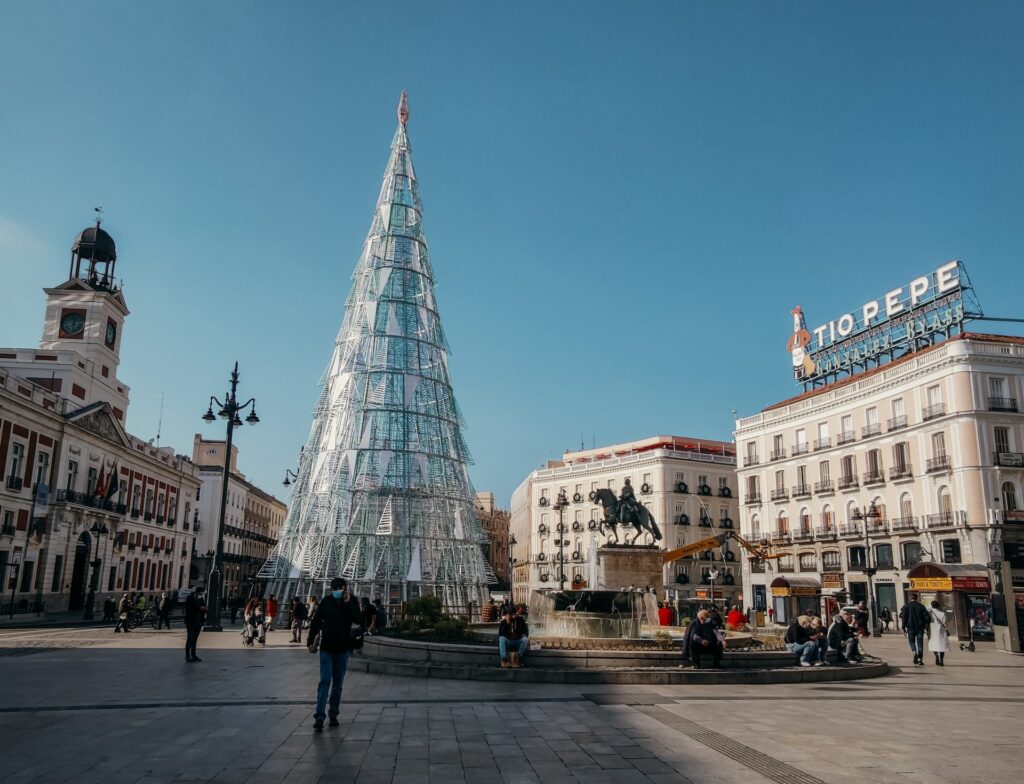

But the most popular object, mandatory for photographing, is a cast sculpture of a bear processing the fruits of a strawberry tree. This zoo-botanical composition is a symbol of the city, the same as bullfighting or the Prado, so a visit to the Puerta del Sol is recommended to anyone who is excited about what to see in Madrid.
The eternal competitor of the Solar Gate in the fight for the title of the most significant attraction in Madrid is the Plaza Mayor. The gigantic rectangle of this square is bounded by 136 buildings executed in the style of the characteristic Madrid Baroque. Each building has a row of columns and a dozen balconies, and is also at least four hundred years old. In addition to the giant equestrian statue of the financial mastermind of the square – Philip the Third, Plaza Mayor has become famous as a place for royal ceremonies and a giant stage for autodafe, a cute Spanish fun for the condemnation, excommunication and burning of heretics.
By the way, today Plaza Mayor is a place where all excursions in Madrid flock to appreciate the truly Madrid architectural style and have lunch in one of the many restaurants located around the perimeter of the former “workplace” of Inquisitor Torquemada.
The most beautiful tour of Madrid
A mandatory point of any excursion in Madrid is a visit to Cibeles Square. This territory is fundamentally different from the gloomy splendor of the Spanish capital. Fountains reign here – Neptune and Cybele, the goddess of fertility and the conqueror of lions.


Fountains drain their water jets into elegant bowls. During the day – the Sun, at night – spotlights, illuminate the work of the water, making Sibela Square one of the most beautiful areas of the city. An excellent backdrop for the famous fountains that attract wealth to the city is the Linares Palace, which has adopted the elegance of Moorish towers and the white marble harmony of the Roman style.
The “Golden Trinity” of Madrid Museums
The museums of Madrid are a special pride of the citizens, and of the whole country. The main one is the Prado Museum, founded with the light hand of Isabella the Catholic, the next wife of Ferdinand of Aragon. In love with the painting of the XV century, the lady put on display three hundred paintings by Spanish and Italian masters, fundamentally rejecting the work of the British and Dutch. So the works of Veronese and Goya, Hieronymus Bosch and Titian, Spagnoletto Ribera, El Greco and Caravaggio found their place in the gallery.
The heirs of the Spanish crown regularly continued the good work begun by Isabella, and filled the halls of the Royal Museum with thousands of sculptures and paintings, making the Prado collection one of the most voluminous collections of masterpieces of the XV-XVII century in the world.
The Prado Gallery is closed on Mondays, Good Friday and Christmas. You can get here for free on all other days if you come between 18 and 20 hours, and on Sunday – from 17-00. Every month there is a guided tour dedicated to only one canvas. But at the same time they analyze it in great detail – from the history of writing to the technical subtleties of the execution of the masterpiece.
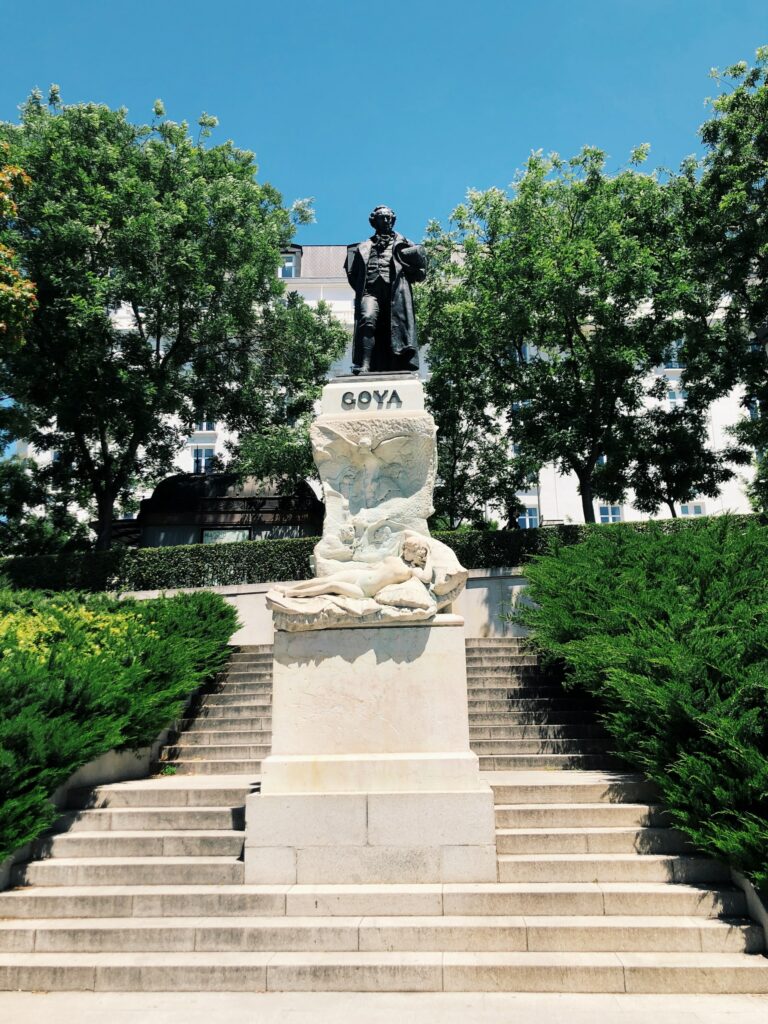

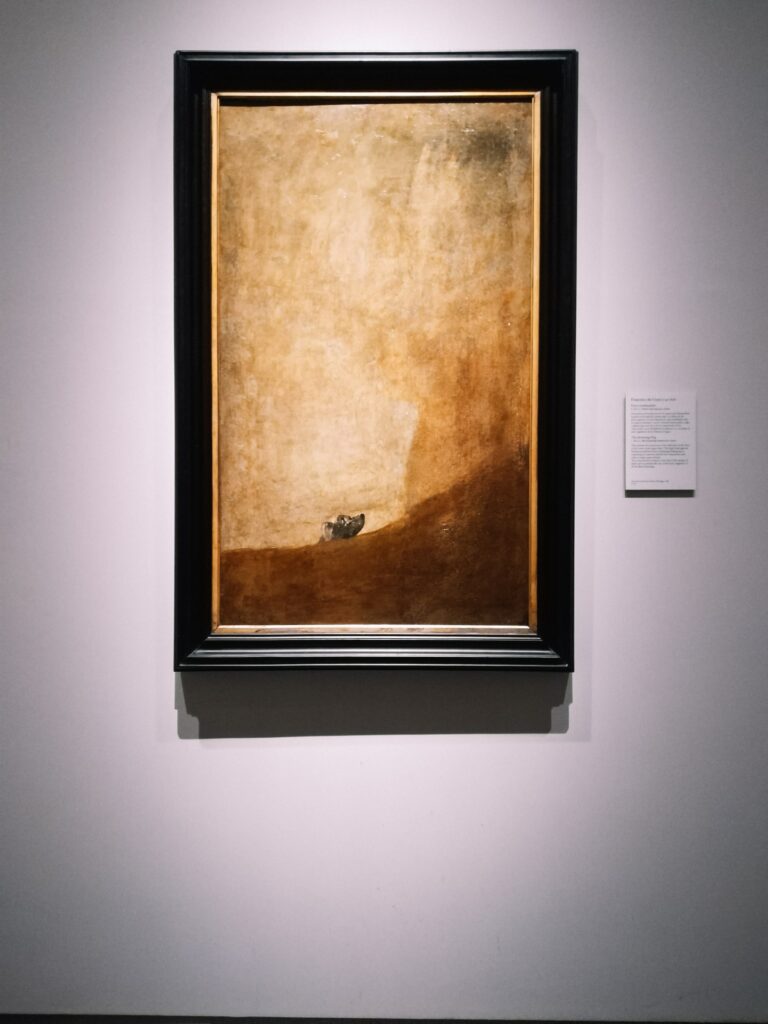
Another museum in Madrid, Thyssen Bornemisza, continues to get acquainted with the best examples of world art. German aristocrat Hans Thyssen-Bornemisza handed over to the city a collection of cult works by citizens of the eternal political and economic opponents of the Iberian Peninsula – French Impressionists, Flemish and Dutch “soldiers” of still lifes, German and Italian portraitists. The former palace of the Dukes of Villahermosa houses works by Monet and Durer, Renoir and Van Eyck, Van Gogh, Degas and Cezanne.
The “Golden Trinity” of the best museums in Madrid is completed by the collection founded by the current Queen, Sofia. In the museum of the same name with her, exclusively samples of modern art are collected. The most famous of the works that have found shelter here are Picasso’s Guernica, a series of surrealisms by Salvador Dali and fantastic sculptures by Joan Miro.
The best non-art museums in Madrid
The museums of art are not one iota inferior in quality to the Maritime, American and Archaeological museums. For many who respect the technique and mechanics of the guests, the fact of the creation of a Maritime Museum in the center of the Iberian Peninsula will be surprising. But here, indeed, the most famous caravels and sailboats, personal, siege and boarding weapons, tools and original nautical charts, with which the Spaniards discovered no new land, island or continent, are on display for guests to review.
Given the fact that the king’s subjects were the first to colonize the American continent, as a consequence of Christopher Columbus’ transatlantic journey, then the collection of sacred and golden objects, torn from the hands of the Maya and Aztecs with blood, can be seen in Madrid one of the richest. Only on Mondays and on Christmas, this monument to the achievements of the conquistadors is closed, but on Sunday and on the days of the three national holidays of Spain, he lets all guests into his treasuries for free.
What else can you see in Madrid
If the question of what to see in Madrid still left some dissatisfaction, then try to attend one of the football matches held at the Santiago Bernabeu, one of the largest stadiums in Europe.

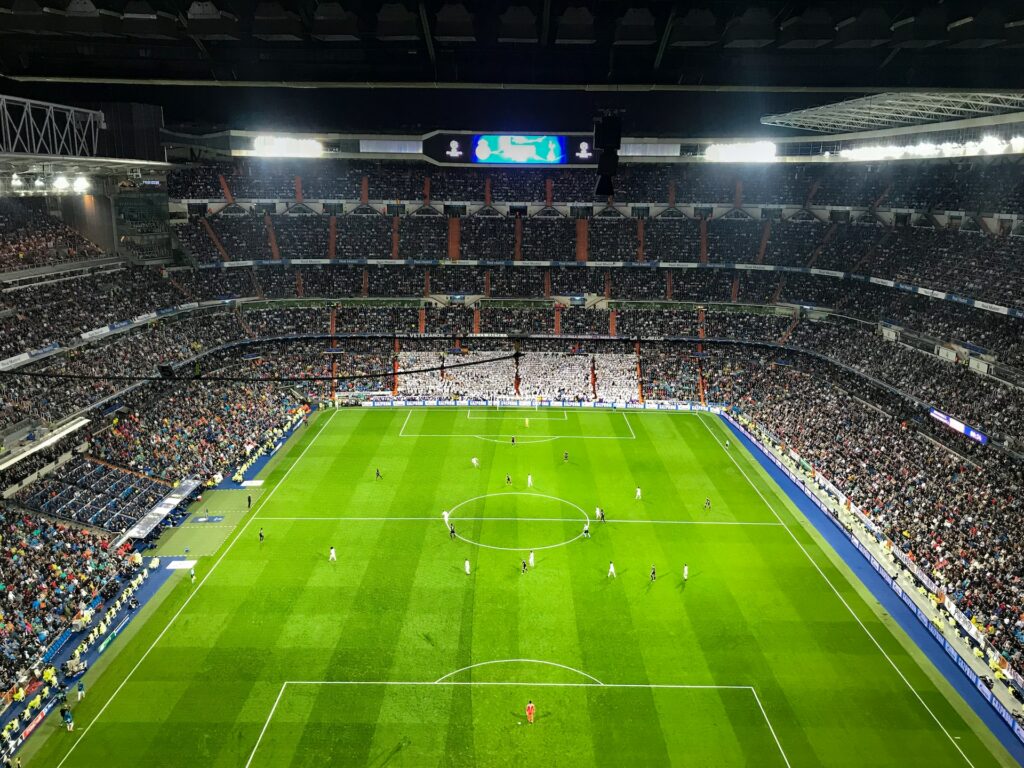
No less emotional charge can be obtained at a bullfight. When the high art of Tavromachia was displaced from the Plaza Mayor, it migrated to Alcala Street, to the giant arena of Las Ventas. Here picadors and matadors perform their deadly dance for the guests of the capital. And in May, you can become a spectator of the real Bull taming Olympics, when all Spanish and Latin American torreadors come to Madrid.
A wide selection of hotels in Madrid
Madrid attracts not only fans of art, football and bullfighting. Every year thousands of businessmen gather here to participate in exhibitions on Castellano Avenue. Therefore, there are a great many excellent three-star hotels in Madrid. They delight guests with reasonable prices, perfect cleanliness and proximity to exhibition centers and metro lines.
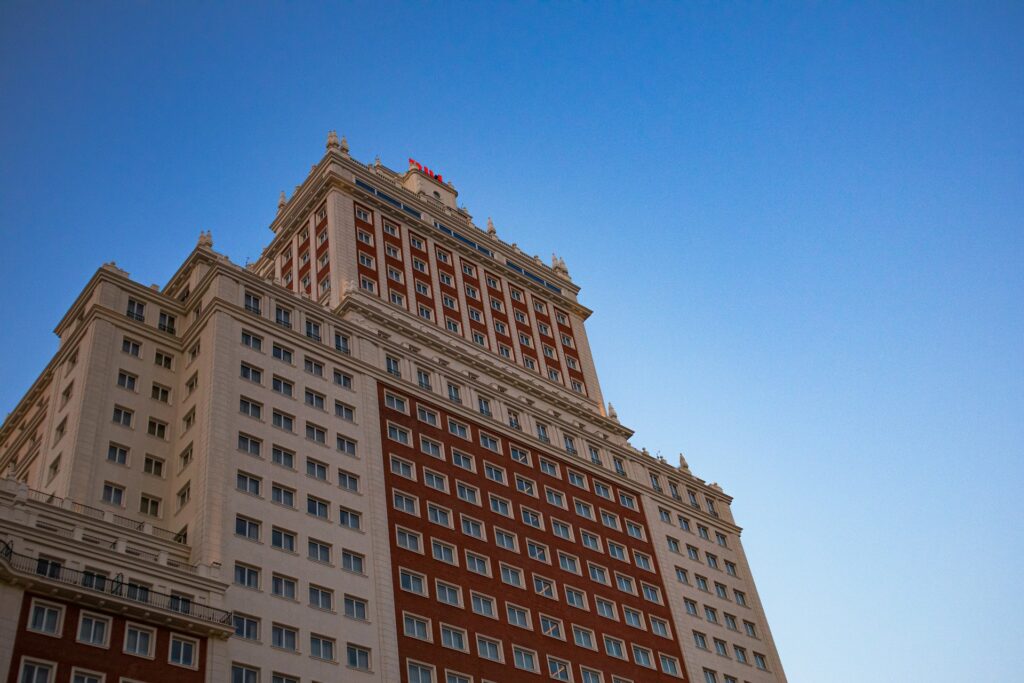
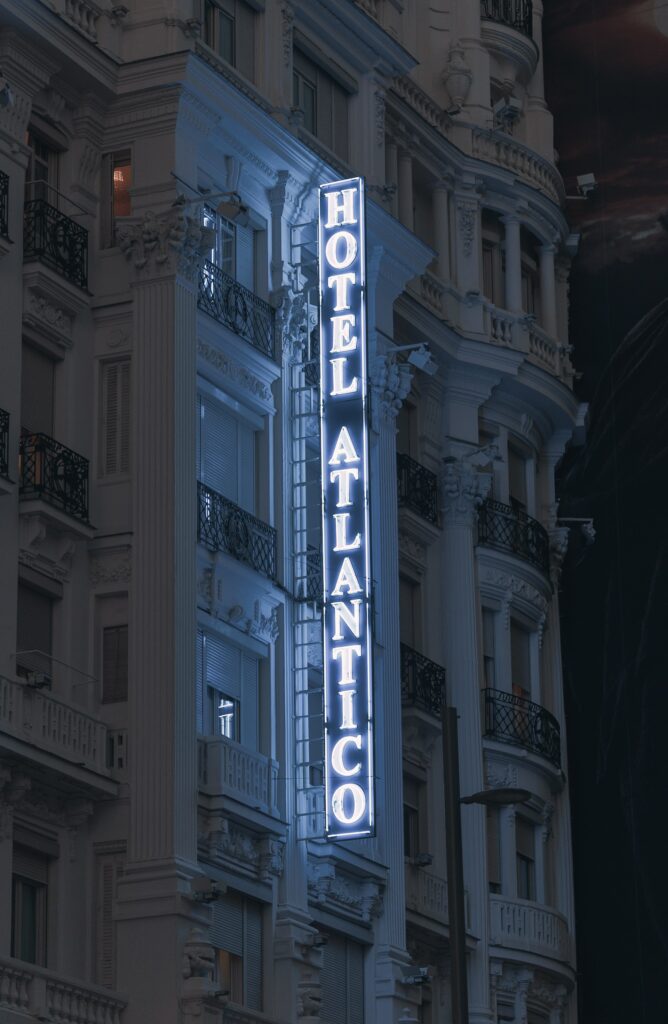


The more expensive, truly royal, chambers are located in the historical center. According to the luxurious interior and the view from the windows, they inherit the housing of the couple Juan Carlos and Queen Sofia. The outskirts of the capital are full of offers for hostels that make it as cheap as possible to explore all the sights of Madrid.
Madrid is a stunning city with gloomy, smelling of auto–dafe architecture. The capital of Spain has housed so many samples of various arts that many policies that claim to be the cultural centers of the planet fade before it. And the list of attractions in Madrid includes not only sports arenas and art galleries, but also many restaurants offering inexpensive food and an extensive wine list.











Thanks for sharing this information. I really like your blog post very much. You have really shared a informative and interesting blog post with people.